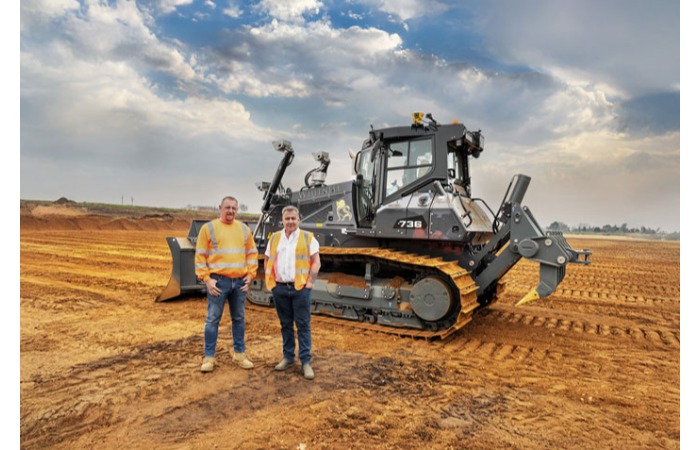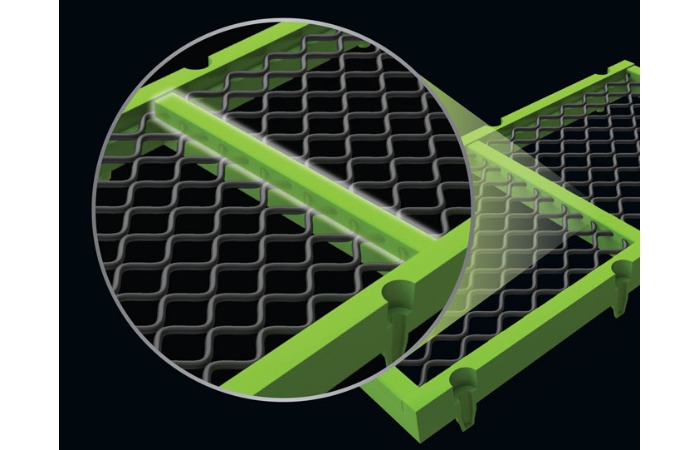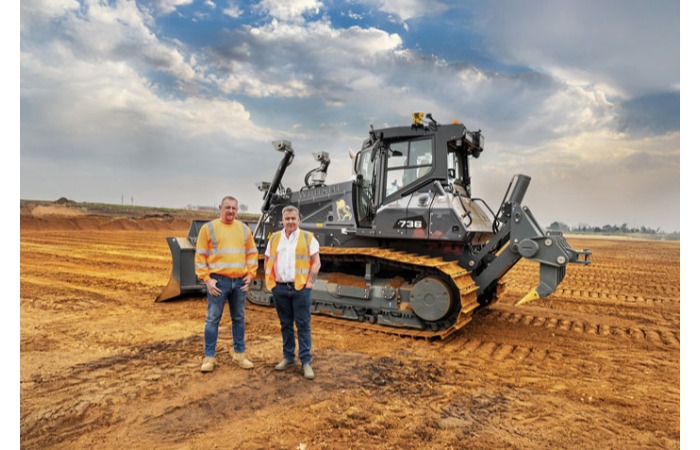Schedule a Call Back
Building Roads That Last
2025-09-26

India’s road future depends on durability, circular materials, and EV-ready designs—not just speed or kilometres.
India has built one of the largest road networks in the world, but the real challenge ahead is not just about adding kilometres. It is about building highways that last longer, withstand harsher climates, consume fewer resources, and prepare for the mobility demands of tomorrow. The question is no longer how many roads we build, but how sustainably and resiliently we build them.
In the past, a highway was judged by speed of completion and width of carriageway. Today, the yardsticks are shifting: lifecycle carbon footprint, climate resilience, circular use of materials, and readiness for an electric and digital future.
Brig Gurjeet Singh Kambo, Head, Special Initiatives, TI IC, Larsen & Toubro, observes that India’s infrastructure boom has been spectacular, but it has left behind a fragile environment. “We have to go green,” he insists. “That means carbon reduction, water neutrality, and renewable integration in every project. We must reorganise our methods so energy is harnessed in the best possible way.” He points to cold recycling of asphalt—where existing pavement is milled, reused, and relaid—as a breakthrough that not only accelerates delivery but also slashes emissions.
This new mandate blends three dimensions: planet, people, and profit. Building for durability is not just an environmental imperative—it also lowers costs over time and delivers better service to users.
Water infiltration remains the root cause of many road failures. Himanshu Agarwal, COO, Zydex, explains the oversight: “We keep focusing on the surface when the problem is in the base. If water gets in, it will win. You either block it with chemistry or drain it with intent.”
In the Northeast, where rainfall and slopes are unforgiving, the lesson is sharper. Design must be climate-aware: culverts sized for debris as well as water, bio-engineered slopes, and spoil managed carefully to avoid triggering landslides. “Hydrology is not an afterthought—it is the foundation of resilient design,” Agarwal adds.
Sustainability struggles when procurement rewards only the lowest bid. Dr Zafar Khan, Joint CEO, Vertis, argues that this approach undermines resilience: “We don’t buy roads—we buy lifecycle risk. If the system keeps rewarding L1, assets will be optimised to win contracts, not to survive 2045’s monsoon.”
Khan calls for two-stage evaluations that prioritise durability, performance of materials, and lifecycle cost. His firm has already scaled plastic-modified asphalt and stone mastic asphalt, demonstrating that when operators think long-term, materials once considered “expensive” pay for themselves in resilience.
Bovin Kumar, CEO, Cube Highways, echoes this view. “Many roads built in the last decade will require heavy intervention far sooner than planned,” he warns. “Spending 5 to 10 per cent more upfront for the right drainage, base, and materials saves multiple times that in operations. If we treat highways as 50-year assets, procurement must reward value, not just speed or price.”
Circularity is becoming central to road building. Cold recycling has proven its worth, but innovation is spreading across materials. Nitin Poddar, Director, Ginni Spectra, describes one loop in action: “We process PET bottle waste into geotextiles and geocomposites that stabilise soil, separate layers, and drain water. They extend pavement life while keeping plastic waste out of landfills. The shift is clear—contractors now ask where to use them, not why.”
These materials—whether recycled asphalt, plastic-modified bitumen, or geosynthetics—reduce virgin extraction, lower energy intensity, and add resilience. As Brig Kambo stresses, “Cold recycling, geocomposites—these aren’t niche techniques. They need to be mainstreamed into the standards of every highway contract.”
Preparing for electric mobility
The coming wave of electric vehicles makes corridor readiness a priority. Nikhil Gandhi, Invest India, highlights the challenge: “An EV is an electronic device on wheels. Dust, unstable power, and poor communications can cripple it. Highways must be EV-ready—cleaner rest stops, reliable power supply, and resilient digital networks.”
He is cautious, however, about assuming instant transformation. Until grids become greener and storage matures, EVs shift emissions upstream rather than eliminate them. That means highways should focus on being adaptable: power-ready sites, space for chargers, and smart layouts that can evolve as technology changes. “Don’t design around hype,” Gandhi cautions. “Design corridors that can adapt to whatever comes next—EVs, hydrogen, or hybrids.”
Even the best designs collapse if execution is weak. Poddar emphasises the role of audits: “DPR writers and contractors must be accountable. Failures should not be discovered through potholes.”
Kumar adds that accountability must mirror aviation standards: “If a runway fails, heads roll. Why is pavement failure treated like weather?” Stronger penalties, transparent reporting, and audits that track not just delivery but durability are needed to shift behaviour.
For Suneet Maheshwari, Founder & Managing Partner, Udvik Infrastructure Advisors LLP, procurement reform is at the heart of it. “We need to move from awarding projects on promises to paying for outcomes,” he says. “If we keep tolerating lowest-bid roulette, we will keep getting assets optimised for the wrong incentives.”
Digital models and rainfall curves are valuable, but resilience also requires listening to local wisdom. Khan says: “Villages know which slope slides and which culvert clogs. That knowledge must sit alongside our satellite data. Marry the two, and corridors will survive the first cloudburst—not just the first audit.”
Circular materials, cold recycling, and digital monitoring are only as effective as the skills on site. Agarwal puts it plainly: “We can’t keep training for 1990s pavements and expect 2040s performance.” Operators must know how to run recycling plants, crews must understand geotextile placement, and auditors must learn sustainability metrics. Gandhi notes that disclosure is driving change: “When agencies publish sustainability reports, questions follow—and answers improve.”
Path forward
From drainage-first design to EV-ready corridors, the blueprint for greener highways is clear. The immediate steps are equally clear:
- Mandate hydrology-led design and energy-dissipating drains.
- Use two-stage evaluations that reward lifecycle performance.
- Cold recycling, SMA, and geosynthetics should be standard.
- Safe, power-ready sites and resilient communications are essential.
- Build sustainability skills and enforce penalties for failure.
As Maheshwari sums it up: “A highway is a 50-year promise. If we plan and build with that horizon in mind, India’s roads can be both green and future-proof.”


Subscribe Now
Subscribe to our Newsletter & Stay updated
RECENT POSTS
Popular Tags
Folliow us
Related Stories
Sinoboom CEO Addresses India’s MEWP Industry
Susan Xu, Owner and Group CEO of Sinoboom, recently addressed members of the Aerial Platform Association of India during a celebratory dinner hel...
MAJOR Showcases Screen Media Technology at CONEXPO/CON-AGG 2026
MAJOR, a global manufacturer of high-performance wire screen media, will exhibit at CONEXPO/CON-AGG 2026, where it will showcase its screen media s...











